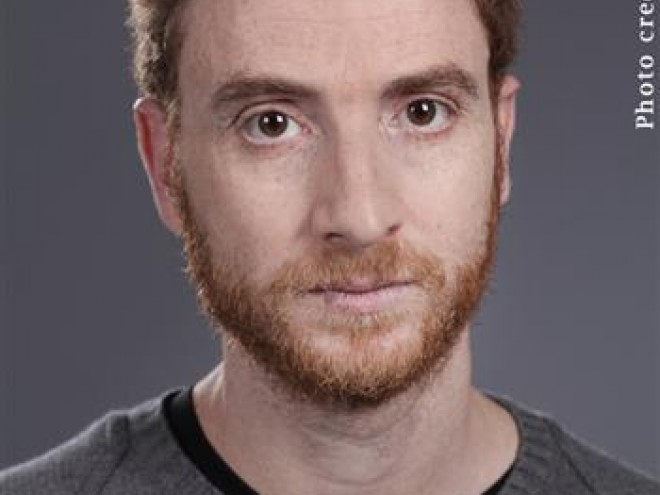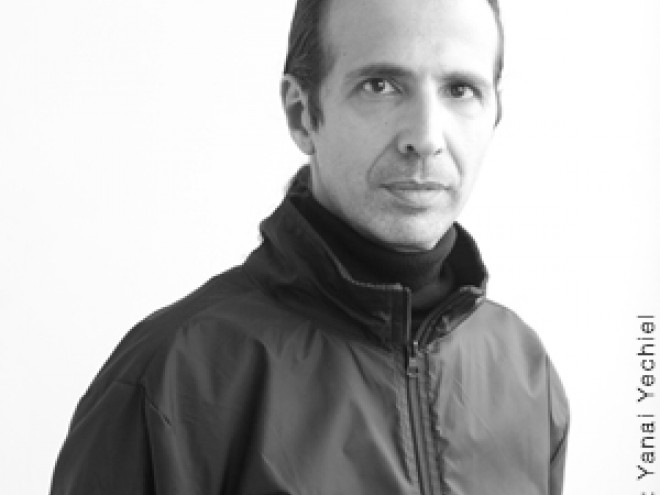 From the time I first remember knowing what a book was, Lore Segal’s Tell Me a Mitzi became my favorite book. The story of New York City children who get up and dress themselves before their parents are awake, go downstairs, get in a cab, tell the driver, “To grandma and grandpa’s please,” and are stunned when he can’t take them there without an address has timeless charm; fortunately for my reading pleasure, this book was also the favorite of my own children when they were the right age. Adult readers know Segal for her fiction, in particular Other People’s Houses (1964), about a girl who goes from her Vienna home to England at the age of 10 in 1938. It was with tremendous excitement that I recently ventured to Segal’s Upper West Side apartment to interview her about her newest novel for adults, Half the Kingdom, recently named one of the 100 Notable Books of 2013 by The New York Times—an achievement to take pride in at any age, but more so for an octogenarian.
From the time I first remember knowing what a book was, Lore Segal’s Tell Me a Mitzi became my favorite book. The story of New York City children who get up and dress themselves before their parents are awake, go downstairs, get in a cab, tell the driver, “To grandma and grandpa’s please,” and are stunned when he can’t take them there without an address has timeless charm; fortunately for my reading pleasure, this book was also the favorite of my own children when they were the right age. Adult readers know Segal for her fiction, in particular Other People’s Houses (1964), about a girl who goes from her Vienna home to England at the age of 10 in 1938. It was with tremendous excitement that I recently ventured to Segal’s Upper West Side apartment to interview her about her newest novel for adults, Half the Kingdom, recently named one of the 100 Notable Books of 2013 by The New York Times—an achievement to take pride in at any age, but more so for an octogenarian.
The charm I adored in the children’s book is evident in Segal’s person and surroundings. When one enters her apartment, one sees two drawings by Maurice Sendak, who did the illustrations for an edition of Grimm’s Fairy Tales that she translated from German. There is an illustration by William Steig of a possible cover for one of her books that was rejected by the publisher. We sat at her round dining room table and she brought me tea with Old World elegance, a tray with a pot of hot water, a selection of teas, lemon, a small pitcher of milk, a bowl of sugar, and a cup, saucer and a spoon. She was a gracious interview subject and eager to speak. Her energetic appearance and clear dynamic blue eyes make her seem at least 20 years younger than her 85 years. Her love of life is evident in the excitement with which she directed me to look out her windows as the sun set — the view of New York City reaching downtown stunning with its varied colors shimmering behind the buildings outside, beyond the grand piano with a prominent place in her living room.
When I mentioned I would be at the National Book Awards that evening and wondered whether Thomas Pynchon, who never makes public appearances, would come, she told me Pynchon had been in her apartment, brought by writer Robert Coover. She has been to the Yaddo Artist’s colony more than 10 times starting in 1958, and had delightful stories to share about Grace Paley and John Cheever being there with her. She has been in interesting Jewish milieus as well, as a participant in the Genesis study group made up of writers at the Jewish Theological Seminary on which Bill Moyers’ 1995 PBS Genesis series was based.
Beth Kissileff: Where do your ideas come from? Where is this story from?
Lore Segal: Let me give you one answer: E.M. Forster said, “Let the bucket down into your subconscious and see what it brings up.”
The longer answer is that my mother got to be almost 101. She died two months short of her 101st birthday. We had a lot of visits to the emergency room. The hospital put her right and I brought her home, and then, in 10 days we go back.
The hospital is another world, a world not on a parallel with ours; it’s an alien world.
Another thing that I might say is that I am one of those people who seems immensely brave about looking death in the eye, like my character Joe Bernstein. He is writing an encyclopedia of end of the world scenarios, but cannot sit through the anxiety of some old movie.
BK: Tell me about your involvement with the Genesis study group for writers at the Jewish Theological Seminary.
LS: David Rosenberg had a party for those of us who had written articles in Testimony and Burt Visotsky invited us to join the group that had already been going on for a year or so. It was a wonderful combination of sarcasm and erudition that suited me to a T. I remember feeling that I would rather be there than anywhere else in the world.
BK: How did you get into writing children’s literature?
LS: It is much less interesting than you think. I wrote it when I had small children, and then stopped until I had grandchildren. I don’t think about writing for children unless I have children I happen to be addressing.
BK: How did you come to write a children’s book on the Bible? (The book was illustrated by artist Leonard Baskin and published in 1987.) What motivated you?
LS: No one in my Jewish religious instruction told me our stories. I am going to try to tell my grandchildren if they’ll only sit still for it.
My theory was that children should read the stories of King Saul and King David and Adam and Moses: the narratives only, but the full narrative — nothing simplified.
BK: Will you ever stop writing?
LS: People have asked if I will stop writing. The answer is no, because I wouldn’t know what to do from 8 to 1 seven days a week. It is a habit, easier to keep than to break. I get up in the morning, have my coffee, and go to my computer whether I intend to or not.
BK: Who are your favorite writers?
LS: The Bible, the Brothers Grimm, Kafka, Jane Austen, Shakespeare, Gogol, Cynthia Ozick. That’ll do.
BK: What do you want readers to know about the book?
LS: Read a sad, funny book about being old.
Beth Kissileff is the editor of Reading Genesis (Continuum Books, 2014) an anthology of academic writing about Genesis. Her novel Questioning Return is under review for publication and she is writing a second novel and volume of short stories. She has taught at the University of Pittsburgh, Carleton College, the University of Minnesota, Smith College and Mount Holyoke College.
Beth Kissileff is in the process of fundraising and writing grants to develop a program to assist rabbis of all denominations with writing and publishing books. Kissileff is a rabbinic spouse and author of the novel Questioning Return as well as editor of the anthology Reading Genesis: Beginings.



